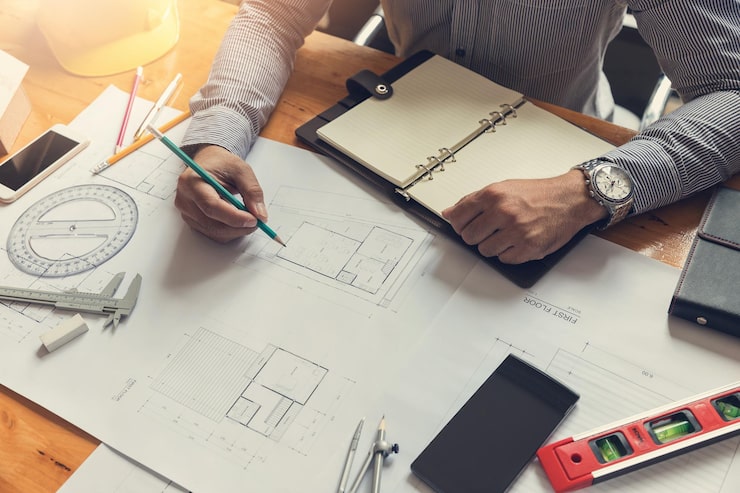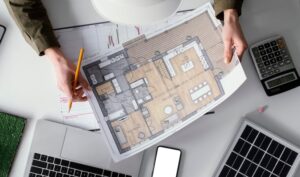
Sustainable Practices in Commercial Architectural Firms in 2025
The architecture industry is evolving at a rapid pace, and sustainability is no longer just a trend—it’s a necessity. By 2025, commercial architectural firms are expected to integrate eco-friendly practices at every stage of design and construction. From energy-efficient buildings to sustainable materials and smart urban planning, these firms are shaping a greener, more responsible future.
The Rise of Sustainable Architecture in Commercial Projects
Sustainability in architecture goes beyond aesthetics. Commercial architectural firms are increasingly tasked with designing structures that reduce carbon footprints, conserve resources, and promote healthier environments for occupants. As regulations tighten and businesses prioritize ESG (Environmental, Social, and Governance) standards, sustainable architecture is becoming a competitive advantage rather than a mere compliance requirement.

Key Sustainable Practices Adopted by Commercial Architectural Firms
Green Building Materials
Leading commercial architectural firms are turning to eco-friendly materials such as recycled steel, bamboo, low-VOC paints, and sustainable concrete alternatives. These materials reduce environmental impact while maintaining durability and design quality.
Energy-Efficient Designs
Incorporating energy-efficient solutions like solar panels, smart HVAC systems, and natural lighting can drastically reduce energy consumption. Firms are increasingly leveraging energy modeling software to design buildings that meet stringent energy standards.
Water Conservation Strategies
Commercial architectural firms are integrating rainwater harvesting, low-flow plumbing fixtures, and greywater recycling systems. These strategies not only save water but also lower operational costs for clients over time.
Smart Building Technologies
IoT devices, automated lighting, and intelligent climate control systems are transforming commercial buildings into energy-conscious smart structures. Firms adopting these technologies enhance both sustainability and occupant comfort.
Benefits of Sustainable Practices for Commercial Firms
Cost Savings and Efficiency
Although green design may involve higher upfront costs, sustainable buildings reduce long-term energy and maintenance expenses, offering substantial financial benefits.
Regulatory Compliance and Incentives
Governments worldwide are incentivizing sustainable construction through tax credits, grants, and relaxed permitting processes. Firms that adopt these practices gain a competitive edge.
Enhanced Reputation and Client Trust
Sustainability is a key decision factor for many corporate clients. Firms demonstrating strong eco-friendly practices attract high-profile projects and build long-term relationships.

Conclusion
By 2025, sustainable practices will no longer be optional for commercial architectural firms—they will be essential. From green materials and energy-efficient systems to smart technologies and water conservation, these strategies offer environmental, financial, and reputational advantages.